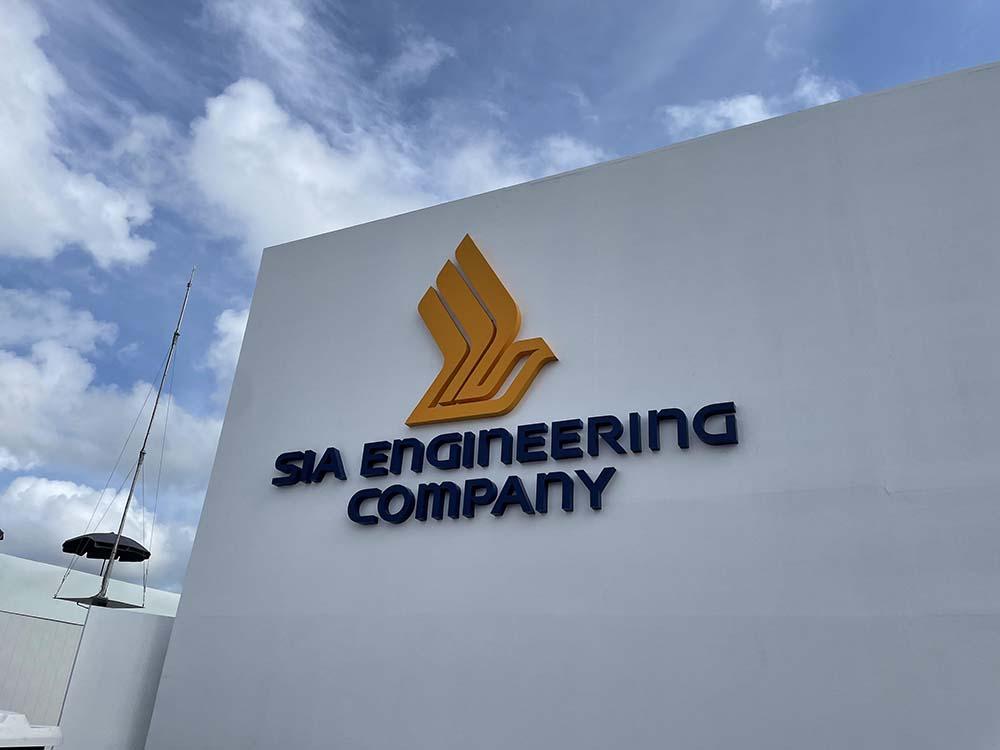
Associated and joint venture companies pulled SIA Engineering Company (SIAEC) into a profit of S$32.5 million ($23 million) in the first half of fiscal year 2022-23. The MRO saw revenue grow by almost S$100 million ($71 million) to S$326.2 million ($232 million) in the half year, compared with the same period of fiscal year 2021-22.
SIAEC still had an operating loss of S$10.8 million ($8 million) in the half, but that was offset by S$41.4 million ($29 million) in profit, net of tax, from its affiliates.
Management said revenue increased mostly because flight activities are up. But costs increased even more rapidly, by S$102.8 million ($73 million), because government support has been reduced. Excluding this cut in government support, costs increased 21.2%, with both labor and material costs rising right along with increased maintenance activity.
The improvement in profit from affiliated companies was due to a nearly 30% increase in engine and component profits as work increased, and a near doubling of profits from airframe and line maintenance.
Total assets were S$1,936.2 million ($1,375 million) on Sept. 30, and SIA Engineering had cash of S$605.6 million ($430 million) with no borrowings. Equity stood at S$1,681.4 million ($1,194 million), 86% of assets.
Managers reported that the removal of Singapore’s travel restrictions doubled the number of flights handled by SIAEC’s line maintenance unit in the first half, and these flights represented more than half of pre-pandemic volumes. Further, increases in flights led to increases in MRO as operators returned grounded aircraft to service. The MRO’s base maintenance unit secured new customers and a long-term contract during the first half.
Engine and component shops are also busier, with a healthy improvement in inductions. Inventory technical management is now supporting a larger fleet due to a new secured contract and growth of customer fleets.
SIAEC in May acquired a 75% stake in SR Technics Malaysia, expanding its component capabilities.
The MRO also continues to innovate with Lean methods, digital tools and other technologies. Managers said Lean progress actually increased capacity, enabling SIAEC to secure long-term agreements, such as a five-year airframe maintenance agreement for Hawaiian Airlines’ Airbus A330-200s and a 10-year Inventory Technical Management program for MY Airlines’ A320s.
Domestic aviation has been largely restored in most of Asia, excepting China, which is undergoing another down phase in its aviation rollercoaster. The Association of Asia Pacific Airlines reported international passenger traffic surged to 11.7 million in September, nearly 40% of pre-COVID levels.
SIAEC managers noted the aviation industry continues to gain traction, but said the outlook is uncertain due to risks of a global recession and geopolitical tensions. In addition, high inflation, wage pressures and the end of wage support pose challenges for the future.




